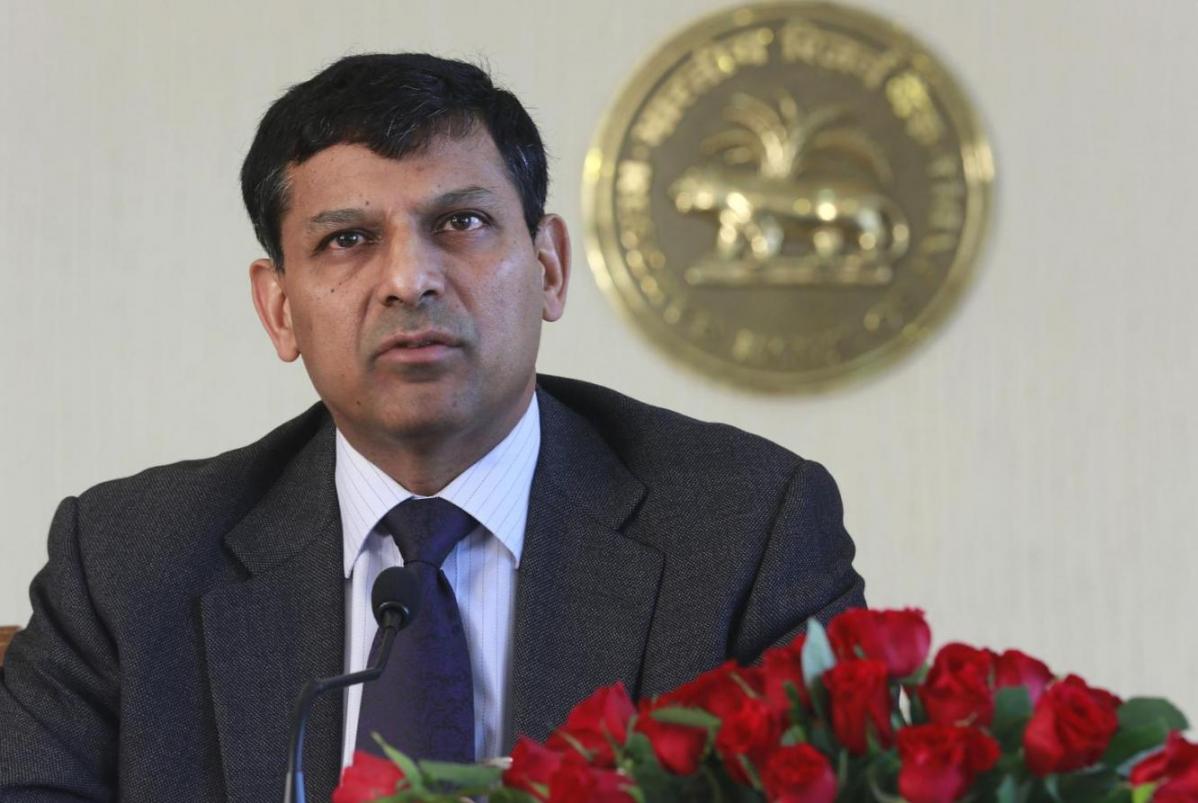It’s common knowledge that India’s public sector banks are in a mess. If the situation persists, not only will the banking system be in jeopardy putting further pressure on government finances, but also the economic revival everyone is counting on will be stunted. Who would know this better than the Governor of the Reserve Bank of India Raghuram Rajan?
No wonder, in the monetary policy last week Rajan said, “I want to put something like March 2017 on the table as when we hope that a full clean-up (of banks) will have been done,” PTI reported.
A clean-up in the real sense can happen in only two possible ways. Either banks start taking sharp haircuts on their loans and get in new promoters, or the projects that are stuck start generating cash, on the back of a general turnaround.
As things stand, banks have largely been averse to the idea of taking any haircuts on their loans. Analysts feel this is a bullet that banks need to bite sooner rather than later. “Not just public sector banks, but private banks would also need to take haircuts on their loans. The likes of ICICI and Axis continue to see slippages in their restructured books. For players like IndusInd, the coverage ratio has come down to 60% from 75%-80%. So, these banks also need to take some haircuts,” says Nitin Kumar, banking analyst at Prabhudas Lilladher.
But, taking a haircut or appropriate provisioning is almost a taboo in a banking system where no bank chairman ever wants to dent the bank’s bottomline during his tenure. Thus, the weapons of choice are schemes that hide sticky stuff under the carpet. That’s the reason Reserve Bank of India’s new restructuring schemes—Strategic Debt Restructuring and 5/25—have been widely used.
There are worries surrounding the 5/25 scheme too. Under this scheme, banks are again exempted from the 15% provisioning requirement if certain conditions are met.
Under RBI’s guidelines, the invocation of SDR is not to be treated as restructured for the purpose of asset classification and provisioning norms. Thus, banks are exempted from any provisioning. Through the SDR route, lenders can convert their outstanding debt into equity and then sell off the company to new buyers. If bankers are not able to find a buyer for the asset within 18 months from the date of invoking SDR, the account slips back into non-performing assets.


